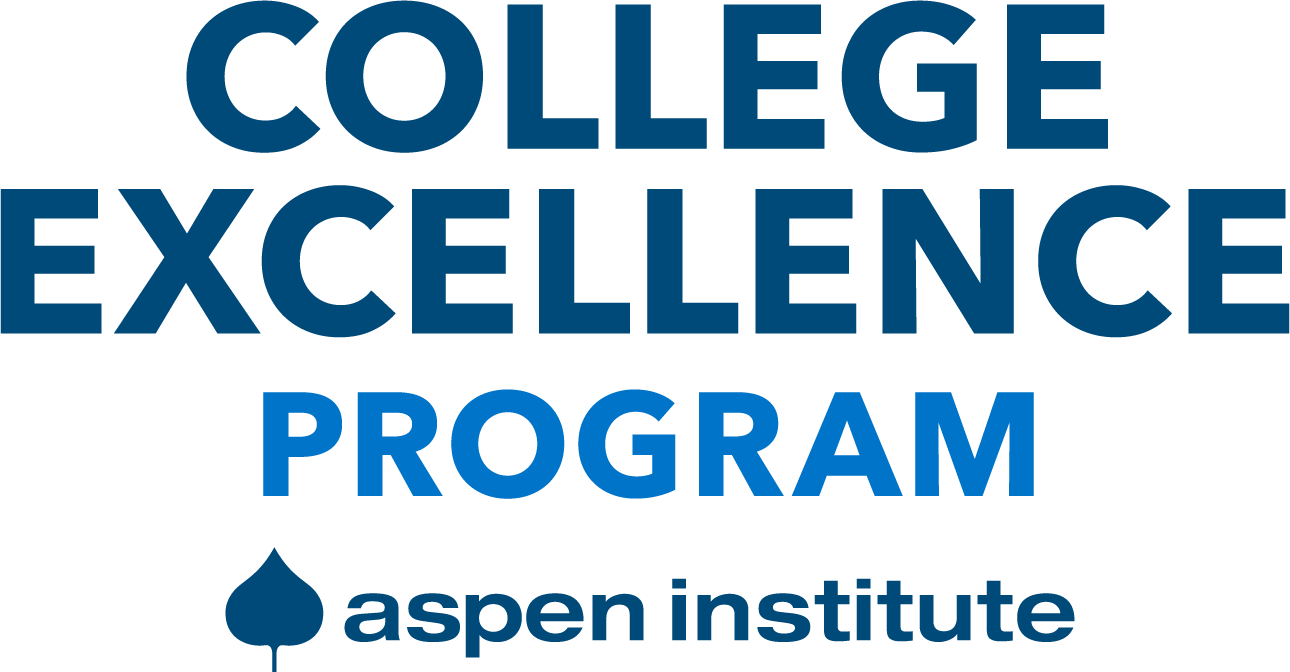
Unlocking Opportunity Assessment Tool
The items in the following assessment tool reflect strong college practices key to achieving Unlocking Opportunity goals of ensuring that more students complete programs that lead directly to jobs that pay a sustaining wage or to transfer and completion of a bachelor’s degree. Organized into nine domains of practice, the assessment tool asks you to rate your perception of the current status of several items in each area at your institution. Once complete, your institution’s president and project lead will receive summaries of scores across each area, providing a summary picture of areas where your institution may need to invest additional strategic effort, in addition to identifying strengths. Your Unlocking Opportunity team will use the assessment results to inform the goals and strategies that you will pursue through your Unlocking Opportunity work. No names or titles will be associated with individual responses in the results report.
The term “student success” is used throughout this assessment tool. The Aspen Institute College Excellence Program defines “student success” as:
- Success in college: Students (1) learn and (2) complete credentials.
- Success after college: Students (1) get good jobs and/or (2) transfer and attain a bachelor’s degree.
- Access and success for all: All students have access to programs of value with strong learning, completion, transfer, and workforce outcomes.
Please keep this full definition of “student success” in mind when completing the assessment tool.
Directions: Assess the extent to which your college engages each of the following practices, according to the scoring rubric.
